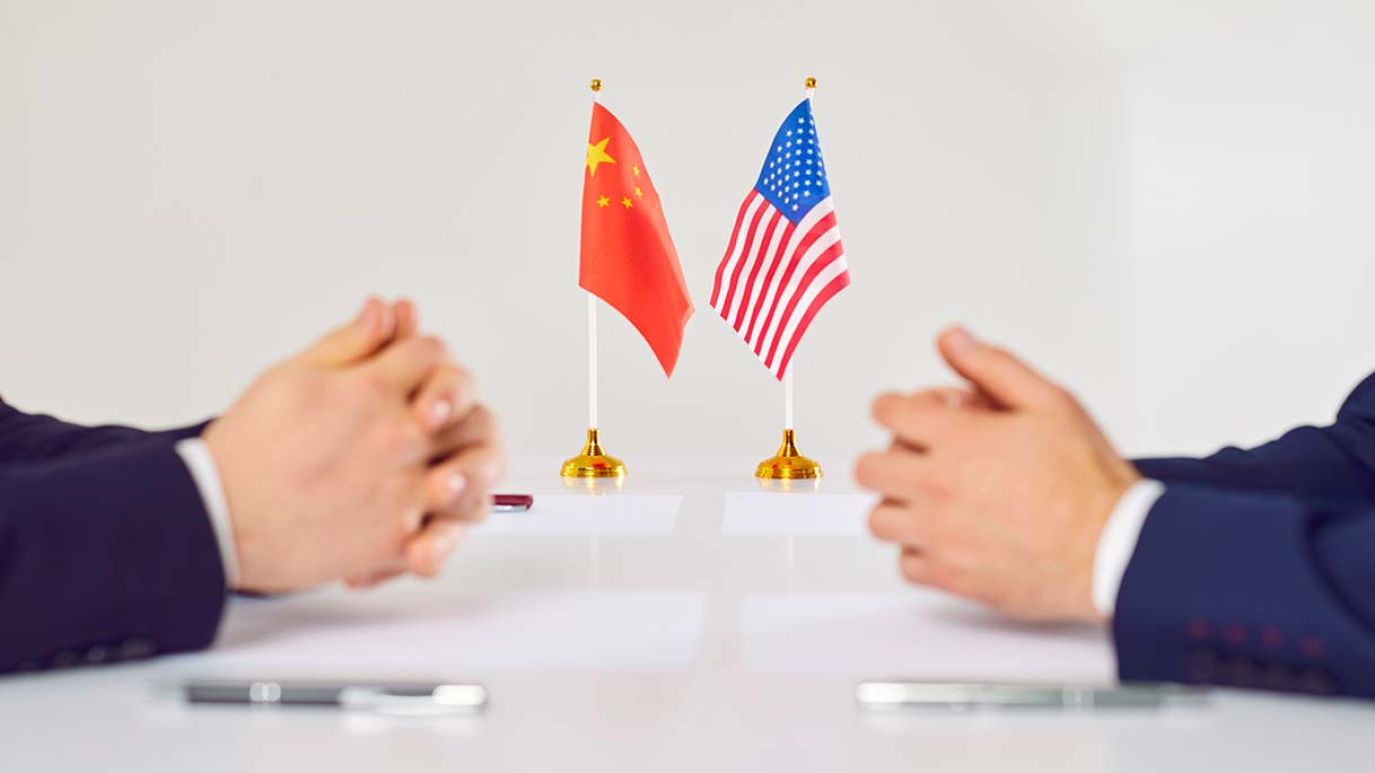-
Blog
Biden-Xi Meeting Yields Agreements, but Taiwan Remains Flashpoint

On 15 November, President Joe Biden and President Xi Jinping met at the Filoli Estate country house near San Francisco during the APEC summit to discuss key issues, such as Taiwan, climate change, and fentanyl trade. Though Washington set a low bar for tangible outcomes, Beijing benefited from the semblance of demonstrating a willingness to improve bilateral communications.
Given recent geopolitical tensions between China and the US, and low expectations around the meeting, the highly anticipated meeting signalled both countries’ efforts to strengthen dialogue, which resulted in some important agreements on several key issues. Their last conversation was a year ago in Bali, Indonesia.
Speaking after the meeting, Biden stated the meeting yielded ”some of the most constructive and productive discussions we've had. We've made some important progress," adding that the door to talks between the two nations "cannot be closed again."
Taiwan remains a flashpoint
However, Biden and Xi reiterated their respective positions regarding Taiwan. Both leaders emphasized that discussions were “clear-headed” and calm. Biden reaffirmed US commitment to the One China policy but insisted that any resolution must be peaceful and that he expected no interference from China in the upcoming Taiwan elections.
In response, Xi exhorted that the US must stop arming Taiwan and reiterated China’s reunification aims. Biden stated that arming Taiwan was a deterrent, while maintaining US strategic ambiguity over the future of Taiwan, the world’s largest manufacturer of semiconductors.
Biden also asked China to exert its influence over strategic partner Iran to ensure that Tehran not become embroiled in the Israel-Hamas conflict and that Beijing would seek to calm tensions in the broader region. The US president also asked China to continue withholding military support for Russia in its invasion of Ukraine.
As China struggles with a stagnating economy – and concerns over the stability of its massive real estate sector – Xi asked Biden to lift all sanctions and controls on the export of “sensitive equipment” to China, which Xi stated was an attempt to stifle its economy and impact its technological development. Biden has, so far, made no comment on that request, and is highly unlikely to acquiesce.
Agreement on climate change
The two leaders made good progress on key climate change areas. As leaders of two of the world’s largest carbon emitters, Biden and Xi agreed that both countries should take further measures to tackle climate change and reduce dependence on fossil fuels.
Further, they agreed to cooperate on methane emissions, which was hailed as a major step due to its potency as a greenhouse gas, and to support global efforts to triple clean energy investment by 2030. The agreement notably comes before COP28, which is to be held in Dubai later in November.
One of the most significant agreements during the meeting was that the US and China would work together to counter the narcotics trade, in particular the opioid fentanyl. The US currently faces a fentanyl epidemic, which can be 100 times more potent than morphine. According to the US National Security Council, the fentanyl category of opioids accounted for 67,325 preventable deaths in the US 2021, representing a 26% increase over 2020.
Curbing the fentanyl trade
While the Chinese government denies that it plays a pivotal role, large Chinese companies produce the legal chemicals that are combined to make fentanyl, which US officials say is exacerbating the epidemic. Before 2019, when President Trump made an agreement with the Chinese government to prohibit the production, sale, and export of all fentanyl-related drugs, China was the main source of fentanyl coming into the US. However, that simply led to Chinese imports being rerouted through Mexico.
While the latest agreement marks a critical step, many believe that China will use it as a bargaining tool when conducting broader diplomacy with the US.
Finally, after a period of military tension and communication breakdown, including the infamous spy balloon incidents, Biden and Xi agreed to resume military communications. It follows a report published by the Pentagon on 19 October that warned Beijing was building a nuclear arsenal faster than expected – with an expected quadrupling of China’s nuclear capabilities to 1,500 warheads by 2035 in contrast to 3,750 active warheads currently in the US.
China ceased military communications following the visit of then-US House of Representatives Speaker Nancy Pelosi to Taiwan last year. The US noted that even during the Cold War with Russia, both parties remained in contact in order to avoid any misunderstandings or accidents between the two, and that this now needed to be a priority between the US and China.
Pamir considers that, while bilateral tensions remain, time will tell whether the Biden-Xi meeting outcomes will help reduce geopolitical competition. Most notable was the agreement to conduct further talks and to keep the communication lines open between both governments.
China’s 5G influence in developing economies
China’s Belt and Road Initiative and its digital counterpart, the Digital Silk Road, threaten to displace US telecom and tech companies in developing economies in Africa, Latin America and the Middle East. How can US operators and network providers stand up to the challenge?